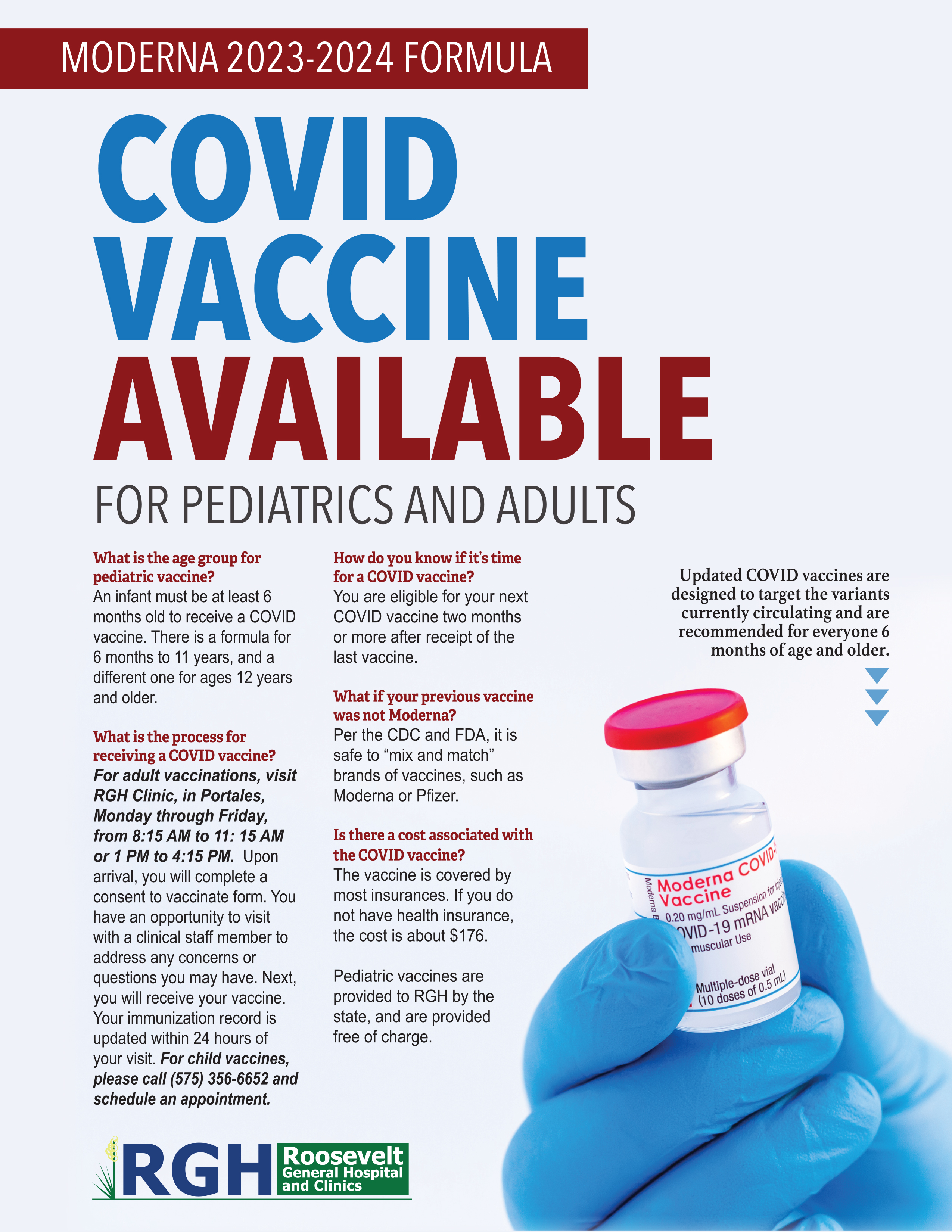Supreme Court overturns judge’s decision to grant new trial for man convicted of murder in 1982
SANTA FE – The state Supreme Court today overturned an Eddy County judge’s decision to order a new trial for a man imprisoned for the rape and murder of a 16-year-old Carlsbad girl in 1982.
The Court’s unanimous decision means that Curtis Worley will continue to serve both of his sentences: 18 years for rape and life in prison for first-degree murder. Worley was convicted for being one of a group of men who raped and murdered Nancy Mitchell, whose partially decomposed body was found near the Pecos River in Eddy County. In 1984, the Supreme Court affirmed Worley’s convictions on direct appeal. He later brought several post-conviction legal challenges in state and federal courts.
In his latest challenge, the justices concluded that the district court improperly granted a writ of habeas corpus that would vacate Worley’s convictions and set aside his sentences. The district court did not explain why it granted Worley’s request, but his habeas petition argued that newly discovered evidence undermined the fairness of his trial and established his innocence. He argued that this evidence included testimony from two eyewitnesses who recanted their trial testimony that had implicated Worley in Mitchell’s death and DNA test results.
Prosecutors appealed the district court’s decision granting Worley a new trial.
In an opinion written by Justice David Thomson, the Supreme Court concluded Worley’s claim was not supported by new evidence.
The recantations were not new evidence, because they “do not differ qualitatively” from the two eyewitnesses’ original pretrial statements to police that they did not know anything about Mitchell’s rape and murder, the Court reasoned. The eyewitnesses testified at Worley’s trial that they had previously lied to police about not knowing anything, and so, the jury had already weighed the credibility of their statements.
The Court also found that the recent DNA testing of samples taken in 1982 from Mitchell’s partially decomposed body and clothing produced “qualitatively the same type of evidence” as the scientific tests performed in 1982, which had been presented at Worley’s trial. Neither the original testing nor the recent DNA testing could identify evidence of the men who attacked Mitchell, finding no sperm cells or male DNA.
By convicting Worley, the jury indicated that the trial testimony of the eyewitnesses was credible and “the absence of male ejaculate did not create reasonable doubt,” the Court wrote.
“If the district court granted habeas relief based on Defendant’s argument that new evidence supported his claim of actual innocence, then the district court abused its discretion by misapplying the law,” the Court concluded.
In a specially concurring opinion, Justice Judith Nakamura agreed that the district judge’s decision should be reversed but expressed a different view on the application of some provisions of law concerning habeas claims.
###
To read the decision in State v. Worley, No. S-1-SC-37526, please visit the New Mexico Compilation Commission’s website using the following link:
https://decisia.lexum.com/






























